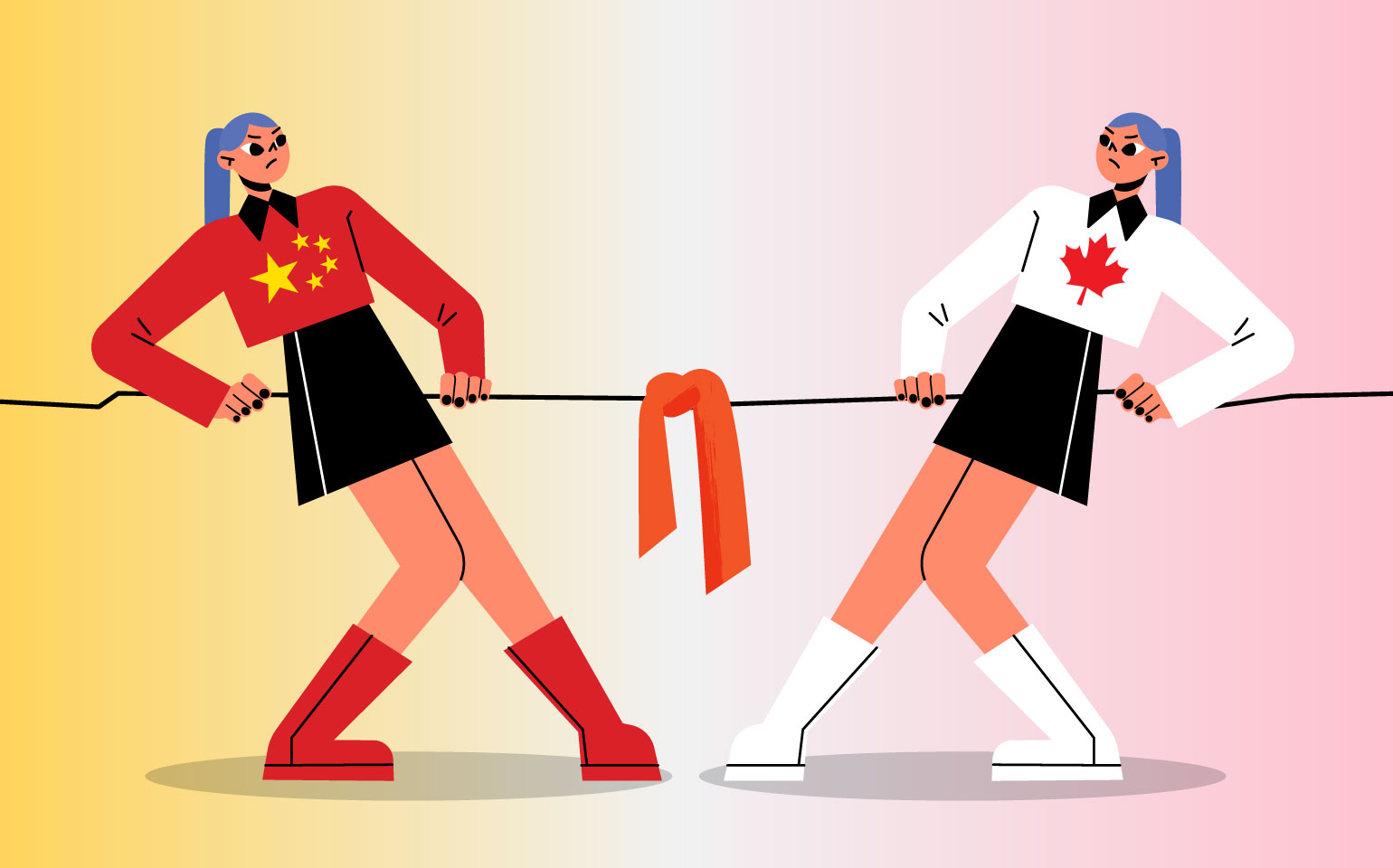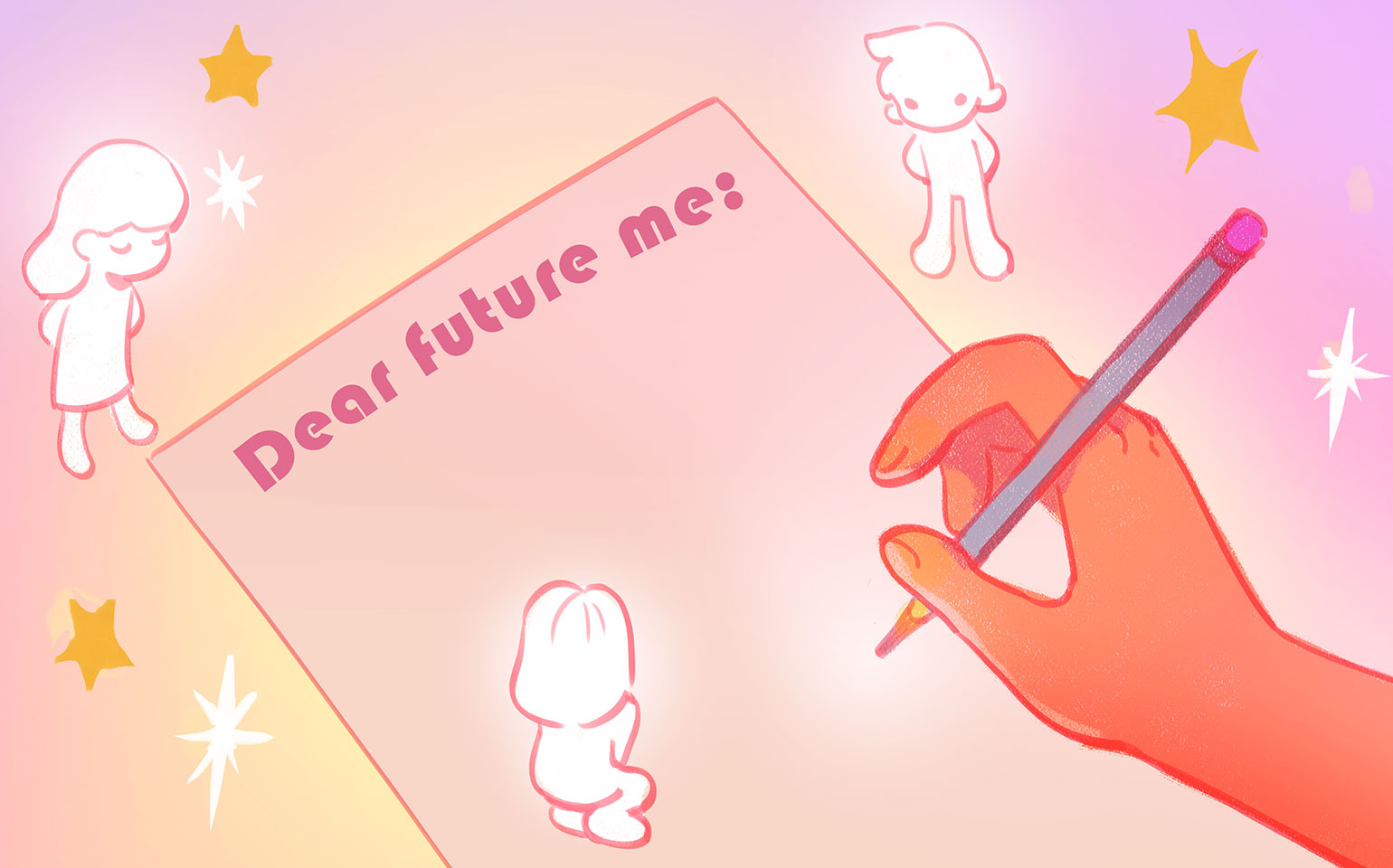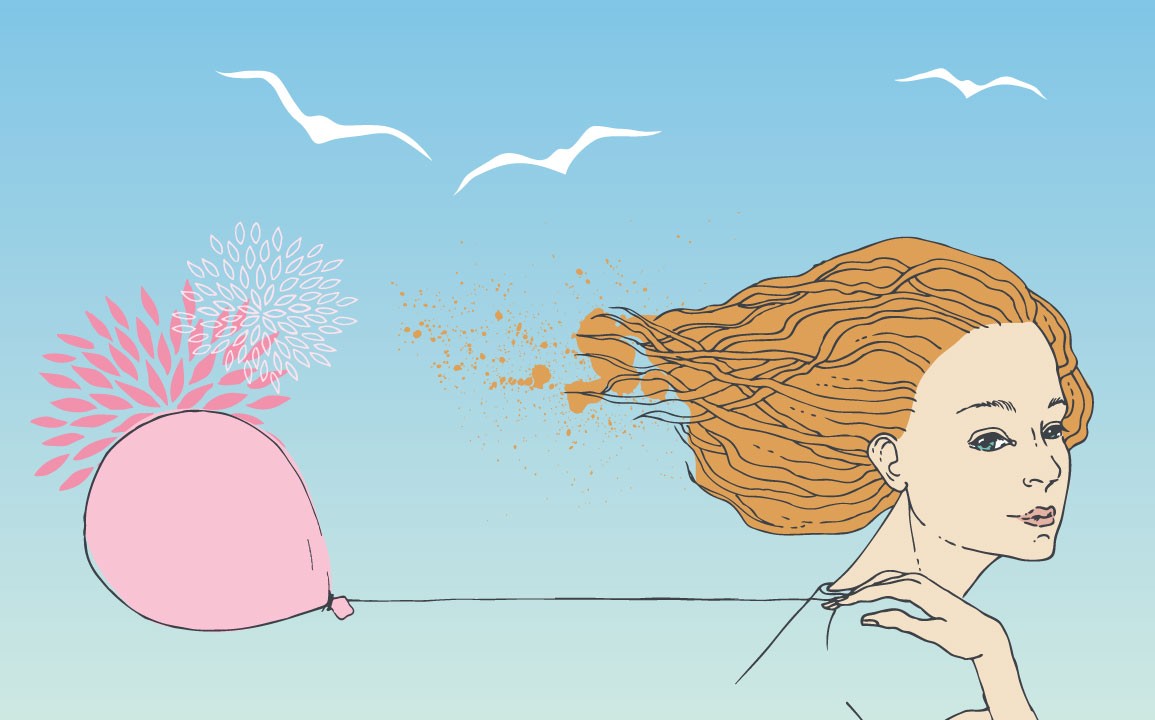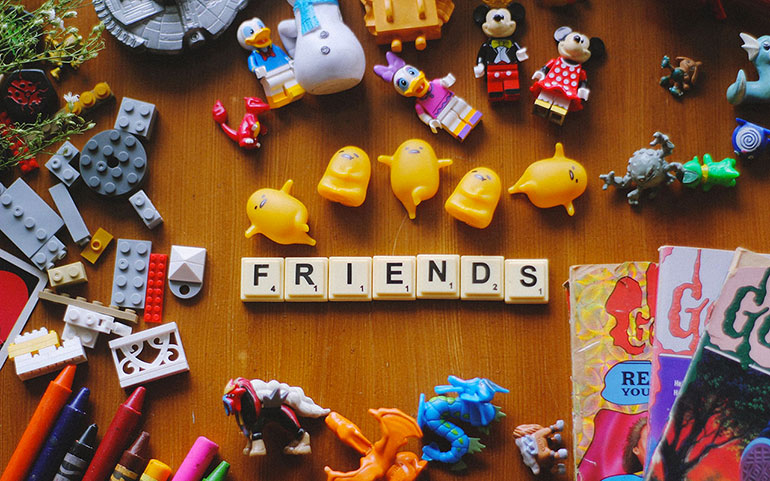
Chinese or Canadian: A Game of Tug of War
From the moment I first learned what ethnicity is, I pondered whether I am Canadian or Chinese.
I ran my fingers across my skin, saw the reflection of my black hair and dark eyes in my teacup, and thought, perhaps I am Chinese. I swallowed another spoonful of rice as my auntie asked me a question in Chinese. I could barely understand. I tried to piece together her words in my head, but when I opened my mouth, nothing came out. I resorted to a smile and a nod. Perhaps I am Canadian.
Why am I not Chinese enough?
I remember when someone once told me, “Go back to your country.” But Canada is my country, I thought. What do they mean, “your country?” I was born and raised in Canada. I am foreign to Canada, to these people at least, yet I am also a foreigner in China. Where do I belong? I’m playing a game of tug of war between two cultures, two pieces of me, two identities.
Amy Tan, author of one of my favourite books, The Joy Luck Club, wrote,
“They see daughters who grow impatient when their mothers talk in Chinese . . . who will bear grandchildren born without any connecting hope passed from generation to generation.”
I felt a sense of shame creep under my skin.
To be the one that cuts off the passing down of culture is a life that I can’t lead. Tan’s words lingered in my heart. I can’t be the impatient daughter anymore, I thought to myself in determination.
A cousin of mine is a Chinese teacher and was kind enough to offer me a few lessons. In this sudden spurt of desire to erase the shame I felt, to reach my roots, to be “more Chinese,” I accepted. I found myself forcing myself to learn Chinese. I didn’t have a drive to learn the language. I was driven by what I thought must be my identity. The thought that this was the only way to reach my roots. I had to learn Chinese because I am Chinese.
When I expressed this to my mom and brother, I remember them telling me a story.
It was about a young girl who spoke Chinese fluently, but little English, since her parents mainly spoke Chinese at home. She was a second-generation immigrant. Her small, curious hands grasped onto the monkey bars on the playground. Her tiny feet bent upwards trying to reach the ledge. She looked around at the other children on the playground. The children around her spoke in English, their vibrant laughter surrounding her. “What’s your name? Do you want to play with us?” one of them asked, her head slightly tilted. The young girl couldn’t answer. She mumbled some words in Chinese. Nobody could understand a word she said. Her eyes welled up with tears. The young girl was me.
Why am I not Canadian enough?
That was the day my mother decided to teach me in English so I’d never be excluded again. She was heartbroken after seeing her daughter lonely. She realized that Chinese may be her language, but I am growing up in an English-speaking country. I had to be “more Canadian.” Each side keeps pulling and pulling. When will this game of tug of war end?
I lost a piece of my Chinese identity that day, but that doesn’t mean I am only Canadian, nor does it mean I’m not Chinese enough.
What it means to me is that culture is developing. Evolving as time passes. Culture is not rigid, like stone, it changes and adjusts like a river. I am learning my cultural identity in a different way, and so will my children and their children. It will not be passed down like the traditions before me. Even so, a piece of culture, in whatever shape or form, will be there.
I may not be Chinese like my parents, but I am Chinese like me.
Whether it be my favourite dim sum dish or a Chinese history book, I do not have to play this game of tug of war, this game of Chinese or Canadian. Luck is a big part of Chinese culture, and I am lucky enough to be both. I am lucky enough to choose my own identity.



